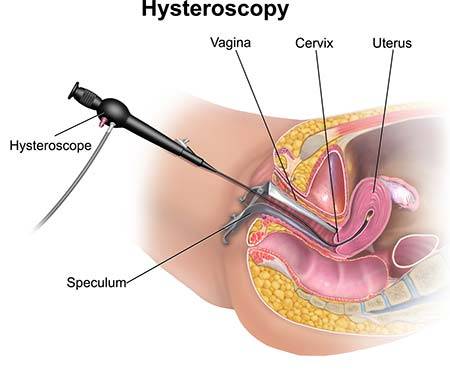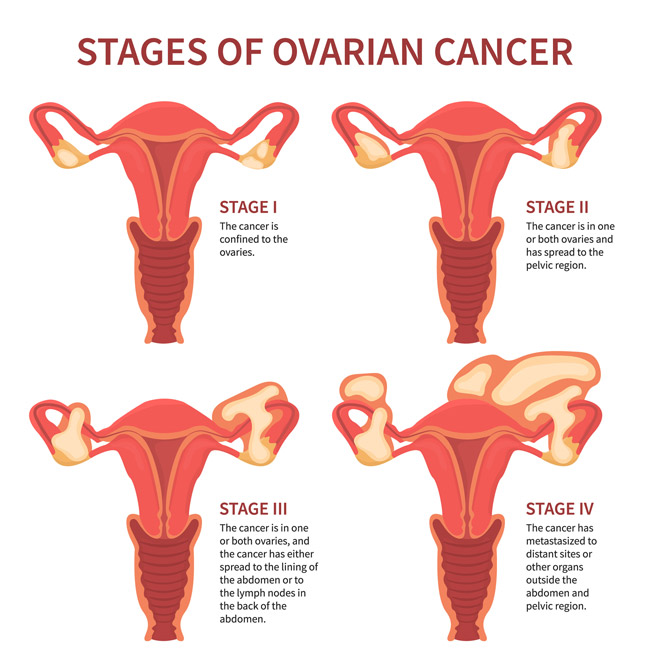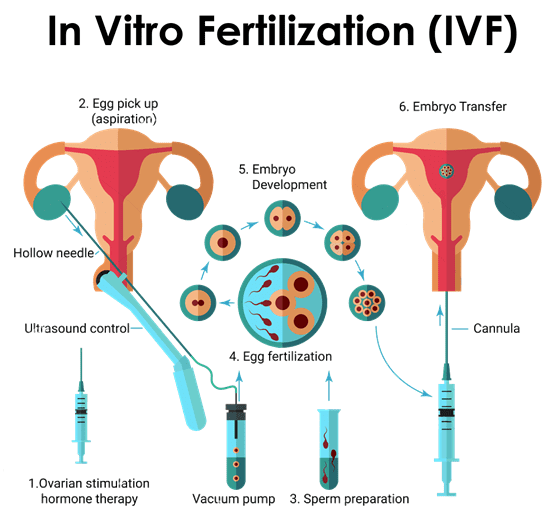
Fresh and Frozen transfer
Department: Gynaecology
Estimated Cost : $2500 - $5000
Frozen Embryo Transfer (FET) – A Comprehensive Guide
What is Frozen Embryo Transfer (FET)?
Frozen Embryo Transfer (FET) is an advanced assisted reproductive technique in which previously frozen embryos from an earlier IVF cycle are thawed and transferred into the uterus. FET provides flexibility for women who wish to delay pregnancy, utilize remaining embryos from earlier treatments, or undergo additional fertility procedures. It is a less invasive method with high success potential, making it an increasingly popular option.
Key Highlights:
- Ideal for women with excess embryos from earlier IVF cycles
- Offers flexibility in family planning
- Reduces the need for ovarian stimulation
- Suitable for fertility preservation due to medical reasons
How Frozen Embryo Transfer (FET) Works
The FET process involves the following steps:
a. Embryo Freezing: Embryos created during a prior IVF cycle are frozen and stored in a cryopreservation facility.
b. Thawing: When the patient is ready, the embryos are carefully thawed in a lab.
c. Endometrial Preparation: Hormonal therapy is administered to prepare the uterus and make the endometrial lining receptive to implantation.
d. Embryo Transfer: Using a thin, flexible catheter, the embryo is gently transferred into the uterus through the cervix.
e. Pregnancy Test: Approximately 10–12 days after the transfer, a pregnancy test is conducted to confirm implantation.
Benefits of Frozen Embryo Transfer (FET)
- Higher Success Rates: Better timing between embryo and endometrial readiness leads to improved outcomes.
- Reduced Risk of OHSS: No ovarian stimulation is required, reducing the risk of Ovarian Hyperstimulation Syndrome.
- More Flexibility: Embryos can be transferred when it suits the patient’s health and schedule.
- Cost-effective: Avoids repeating the entire IVF process, reducing overall treatment cost.
Success Rates of Frozen Embryo Transfer (FET)
Success rates depend on several factors:
- Age: Women under 35 generally see higher success rates.
- Embryo Quality: The better the embryo quality, the higher the chances of successful implantation.
- Uterine Health: A well-prepared endometrial lining increases implantation probability.
Who is a Candidate for Frozen Embryo Transfer (FET)?
FET is recommended for:
- Women with leftover frozen embryos from past IVF cycles
- Individuals planning delayed pregnancy
- Patients with medical conditions delaying immediate pregnancy
- Those undergoing pre-implantation genetic testing
Why Choose HealTour Solutions for FET?
- Expert Fertility Specialists: Personalized care from highly experienced fertility experts
- Comprehensive Support: End-to-end guidance and care, from consultation to follow-up
- Top Clinics: Partnerships with India’s leading fertility centers
- Affordable Treatment: Quality fertility care at competitive prices
FAQs about Frozen Embryo Transfer (FET)
Q1. What is Frozen Embryo Transfer (FET)? A: FET involves thawing and transferring frozen embryos from a previous IVF cycle to the uterus.
Q2. How long does the procedure take? A: The embryo transfer itself takes 15–20 minutes, while the preparation phase can take a few weeks.
Q3. Is FET less invasive than fresh embryo transfer? A: Yes, because it eliminates the need for ovarian stimulation.
Q4. What is the success rate of FET? A: Typically 40–60%, depending on age, embryo quality, and uterine health.
Q5. Can FET be done after multiple IVF cycles? A: Yes, it allows for the use of stored embryos from previous IVF attempts.
Q6. Is FET suitable for older women? A: Yes, especially when embryos were frozen at a younger age.
Q7. Are there risks involved? A: Risks are minimal but can include multiple pregnancies or implantation failure.
Q8. How are embryos thawed? A: In a controlled laboratory environment to ensure viability.
Q9. What medications are used? A: Hormones like estrogen and progesterone are given to prepare the uterine lining.
Q10. Can FET be done after a failed IVF cycle? A: Yes, FET offers a new opportunity using previously frozen embryos.




 Get an Opinion
Get an Opinion
